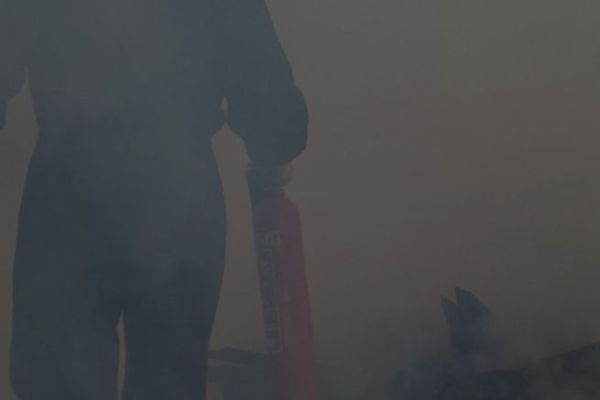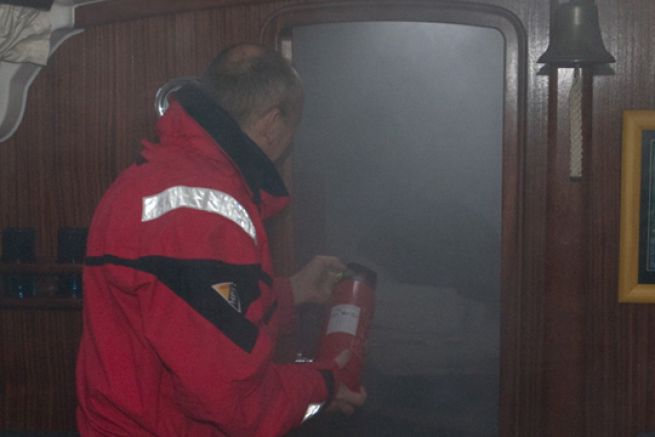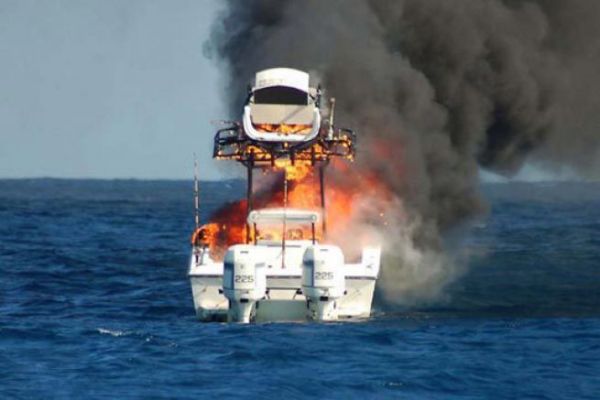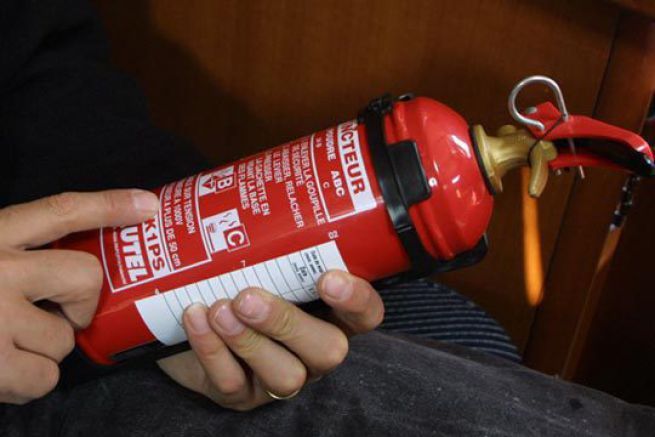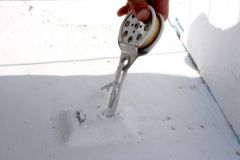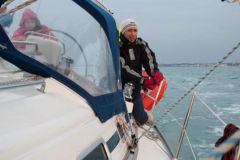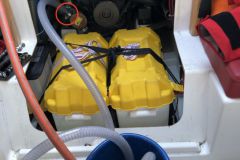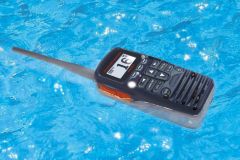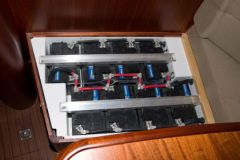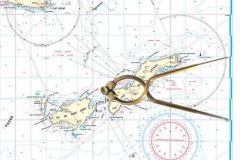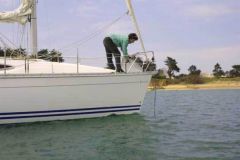Areas at risk
On a boat, the fire risk areas are known. This knowledge facilitates the accuracy of the intervention.
These are the areas to be monitored mainly:
- The engine. The exhaust of an engine is often at 400°C. However, oil, gasoline or diesel fuel ignites at these temperatures. Do not be negligent about leaks in the various circuits.
- The electrical circuit. A poor electrical connection leads to overheating. Two wires touching each other: a spark.
- The kitchen. Of course, there's the gas from the stove. Be sure to close the bottle and check the condition of all piping.
Fighting fire
There are several solutions to fight a fire:
- Isolation.
By limiting the fire area (e.g., leaving the kitchen, a burning stove), materials that will stop on their own are allowed to be consumed. - Choking.
By removing oxygen, we break the fire triangle. That's how fire blankets work. The same result is achieved by covering a burning pan with a lid. - Inhibition.
It is a chemical action. The powder of the extinguisher cuts off the base of the flames interrupting the fire. - The cooling.
By spraying water, we cool the fireplace. Without heat there can be no fire.
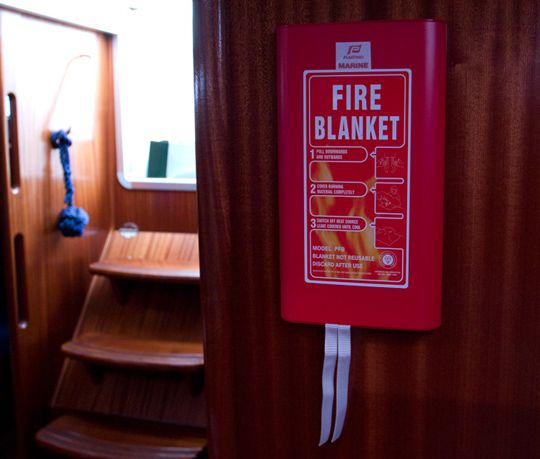
Reflexes to fight fire
- Speed of action
Before a fire develops, it starts small. Do not waste time alerting the emergency services, seeking help from outside: intervene before the fire spreads. - Switch off the fuel supply
This is the first reflex: close the gas bottle, cut off the supply of diesel fuel, open the electrical circuit breakers. Without fuel, a fire does not spread. - Think about water
You have a lot of it around you. On the Class A fire, a bucket of water will be very effective. - Handle the fire extinguisher
Preventive reading of fire extinguisher labels and their handling as a test remains essential. It is not once the fire has been declared that it will be necessary to find out how the fire extinguishers work. The speed of intervention is essential, especially since the operating time of a fire extinguisher is very short. Not all models have the same triggering system. Do not wait for a fire to start before reading the instructions.
Beware of smoke
Smoke from a fire is often toxic. Avoid breathing them. Hot, the smoke rises towards the ceiling. To breathe, try to stay at ground level. This is also where you will have visibility. If the temperature on the ground is 30°C, the smoke reaches temperatures of 300°C at the head and up to 900°C at the ceiling.
